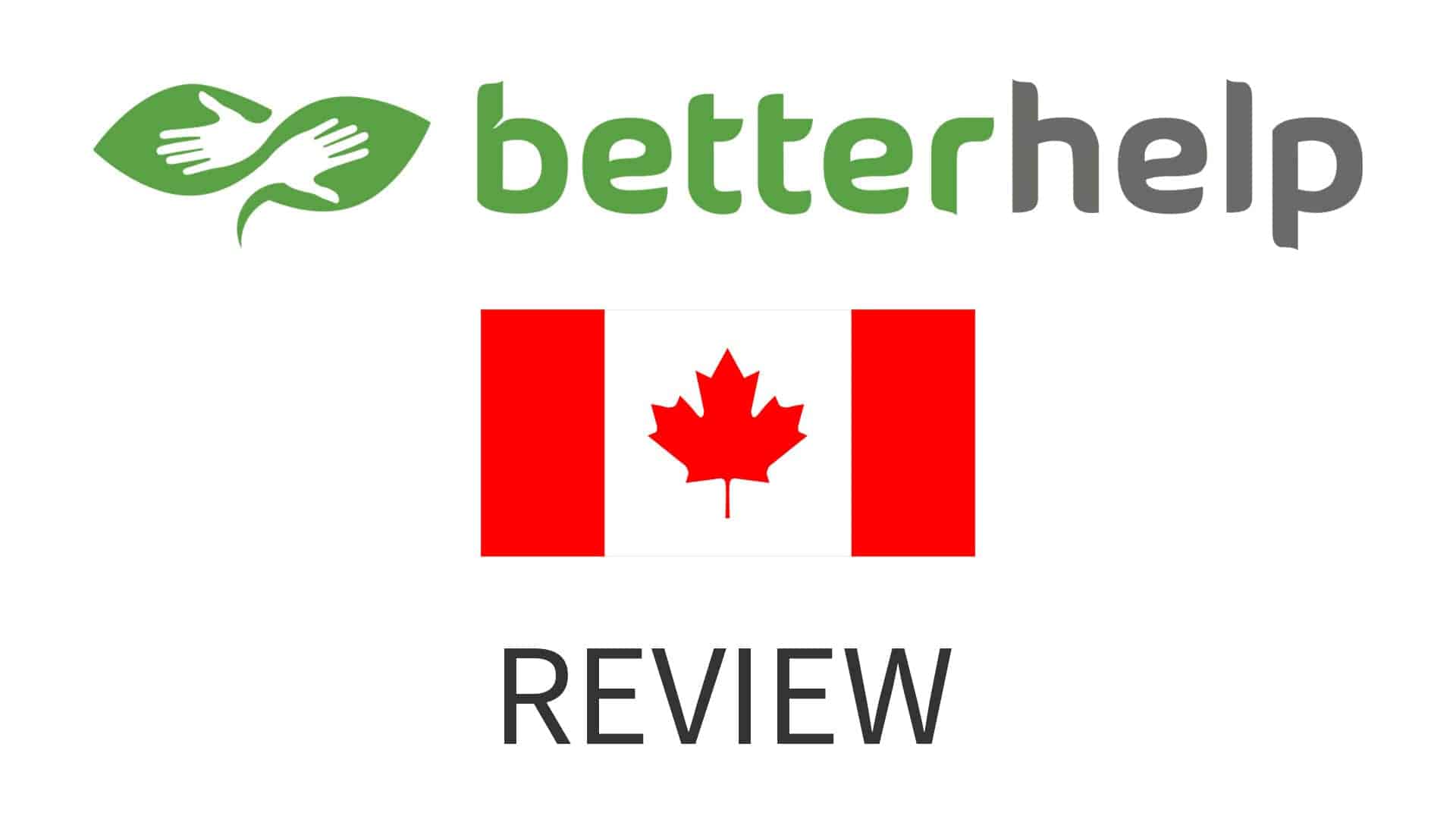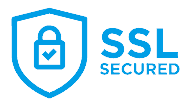Work, household chores, and family obligations are all part of our daily lives. However, the pressures we face can often be overwhelming and stressful. You may not feel you have time for a 60 minute massage or even a 30 minute workout to relieve stress. That’s okay. You can relieve stress in just 10 minutes or less with some easy breathing techniques.
Explore emotional well-being with BetterHelp – your partner in affordable online therapy. With 30,000+ licensed therapists and plans starting from only $65 per week, BetterHelp makes self-care accessible to all. Complete the questionnaire to match with the right therapist.
Most People Don’t Know How to Breathe Properly
By now, most of us are aware that there are numerous benefits to deep breathing, yet many fail to do it from day to day. Instead, you likely take quick, shallow breaths, which don’t provide any stress-relieving benefits.
According to Harvard Health Publications, deep breathing feels unnatural to us for several reasons. For instance, our culture promotes the idea of flat stomachs as being attractive. As a result, we hold our stomachs in (consciously or sometimes subconsciously) and begin breathing with our chests. “Chest breathing,” actually increases tension and anxiety.
Benefits of Deep Breathing
There are numerous benefits of deep breathing. For instance, according to the London Pain Clinic, deep breathing can help reduce chronic pain. When you have chronic pain, your muscles tend to tighten up, which actually can cause you more pain. Deep breathing helps your muscles relax, promoting pain relief.
Additionally, deep breathing can lower your heart rate and blood pressure. Lower blood pressure and heart rate can help prevent stroke and brain aneurysm.
According to Forbes, deep breathing can also reduce anxiety by stimulating the vegas nerve. The vegas nerve runs from the abdomen to the base of the brain. It releases a neurotransmitter called acetylcholine. Acetylcholine promotes focus and calmness. Thus, an increase in acetylcholine leads to a reduction in anxiety.
Now that you know why deep breathing is amazing for your health, let’s take a look at 10 stress-busting deep breathing exercises you can do anywhere:
10 Deep Breathing Exercises to Relieve Stress in 10 Minutes or Less
1. Abdominal Breathing
Abdominal breathing helps you breathe with your diaphragm instead of your chest.
How to do abdominal breathing:
Place one hand on your stomach and the other hand on your chest. Take a deep breath through your nose, ensuring that you are pushing the hand on your stomach outward with your breath. Take six to 10 deep breaths each minute for 10 minutes to relieve stress and lower your heart rate and blood pressure.
2. Nadi Shodhana (Alternate Nostril Breathing)
Those who practice yoga may know alternate nostril breathing as yoga breathing. According to Livestrong, alternate nostril breathing can boost your energy, increase concentration, promote calmness, and promote sleep quality.
How to do alternate nostril breathing:
Sit in a comfortable meditative pose to do alternate nostril breathing. Begin by holding your right thumb over your right nostril. Take a deep breath through your left nostril. Close your left nostril with your ring finger, and release your right nostril. Breathe out through your right nostril. Continue this pattern, breathing in through your left nostril and breathing out through your right nostril for several minutes.
Check out the first two minutes of this video to see a demonstration of “yoga breathing” in action.
3. Kapalabhati (Skull Shining Breath)
Kapalabhati is an advance yoga breathing technique that literally translates to Skull (Kapala) Light (Bhati). The concept is to imagine your skill being filled with a rejuvenating bright light as you do this deep breathing exercise.
How to do Kapalabhati:
Begin by taking a long, slow breath in through your nose. Follow this with a quick, powerful breath out through your nose. Ensure that you are moving your abdominal muscles as you breathe in and out during this exercise. Take one full inhalation and exhalation every one to two seconds for a total of 10 breaths.
4. Breath Counting
Breath counting is a great exercise in mindfulness, and it is often used in the practice of Zen.
How to do breath counting:
Sit in a comfortable position with your spine straight and your head bent slightly forward. Begin by closing your eyes and taking a few deep breaths. Then, allow your breath to come naturally without trying to influence it for a few minutes.
Next, count, “one” to yourself as you exhale. The next time you exhale, mentally count to, “two.” Continue to count on up to, “five,” with successive breaths. Do not go past, “five.” Once you reach, “five,” go back to, “one,” with your next exhalation. Only count to yourself on exhalations. Do not influence your inhalations. You’ll know your attention has wandered if you start counting beyond, “five,” on exhalations.
5. Belly Breathing or Diaphragmatic Breathing
Belly breathing is a simple breathing exercise you can use for stress relief.
How to do belly breathing:
Place one hand on your stomach right below your rib cage, and place your other hand on your chest. Inhale deeply through your nose, pushing the hand on your stomach outward. Exhale slowly through your mouth with your lips pursed as if you were going to whistle, gently guiding the hand on your stomach inward. Repeat three to 10 times.
6. 4-7-8 Breathing
According to Dr. Weil, the 4-7-8 breathing exercise acts as a natural tranquilizer to your nervous system. Unlike taking a tranquilizer, which effects you quickly, the effect you feel from this exercise starts out subtly and increases with time and practice. You can do this exercise while in any position, but Dr. Weil suggests sitting with your back straight while learning this technique.
How to do 4-7-8 breathing:
Place the tip of your tongue on the ridge of tissue that lies just behind your front teeth. You will keep your tongue there throughout the entire exercise. Exhale completely through your mouth while making a whoosh sound. Next, close your mouth, and breathe in through your nose while mentally counting to four. Hold your breath, and count to seven to yourself. Finally, breathe out completely through your mouth while making a whoosh sound. Count to eight to yourself while you exhale. Repeat the breathing exercise three more times for a total of four complete breaths.
If you’re new to 4-7-8 or just prefer to do it guided, here’s a good video for beginners.
7. Roll Breathing
The goals of roll breathing are to promote relaxation and to fully use your lung capacity. It’s recommended that beginners lay down while doing this exercise, but once you’ve practiced it, you can do it sitting up.
How to do roll breathing:
Place your left hand on your stomach and your right hand on your chest. Breathe in slowly through your nose, ensuring that your stomach is moving with your inhalation instead of your chest. Breathe out through your mouth. Repeat up to eight times.
With your ninth breath in, once you’ve filled your lower lungs with air, take a breath in, moving your chest as you typically would when breathing in. Exhale gently through your mouth, completely emptying your lungs. You should notice that both of your hands are moving inward. Make a soft whooshing noise as you exhale. Repeat for four to five minutes.
8. Morning Breathing
Morning breathing aims to relax your muscles and minimize tension throughout the rest of your day.
How to do morning breathing:
Start by standing up straight. Then, slightly bend your knees, and bend your torso forward so that your arms are dangling near the floor. Take a slow breath in, returning to your original standing position, straightening your head last. As you exhale again, return to the bent over position.
9. Pursed Lip Breathing
Not only is pursed lip breathing good relaxation therapy, it also relieves shortness of breath, according to the Cleveland Clinic.
How to do pursed lip breathing:
Relax your neck and shoulder muscles before you start this exercise. Breathe in through your nose while mentally counting to two. Keep your mouth closed during the inhalation. Next, purse your lips as if you were going to whistle, and slowly breathe out through your mouth while mentally counting to four.
10. Progressive Relaxation
In progressive relaxation, you systematically tense and relax the muscle groups in your body. With practice, you’ll be able to spot the first signs of muscle tension in your body that come along with stress. This tension will help you know when to use relaxation techniques to calm your body and mind. You can combine progressive relaxation with belly breathing to increase stress reduction.
How to do progressive relaxation:
Start with your feet and work your way up to your face. Try to tense only the muscles you intend to at that particular time.
Sit in a comfortable position. Begin the exercise by taking a few deep breaths. When you feel ready, focus on your right foot. Notice how it feels. Slowly tighten the muscles in your right foot. Squeeze the muscles as tight as you can for a count of 10. Relax your foot, focusing on how it feels to release the tension.
Take a moment to breathe before focusing your attention on your left foot. Follow the muscle tightening and relaxation steps you used with your right foot for your left foot. Move upward through your body, contracting and relaxing the different muscle groups. Contract and relax your muscle groups in the following order: right foot, left foot, right calf, left calf, right thigh, left thigh, hips and buttocks, stomach, chest, back, right hand and arm, left hand and arm, neck and shoulders, and face.
Give These Deep Breathing Techniques a Try!
You face a lot of pressure and expectations everyday. The pressures of work, family life, and keeping up a home can be overwhelming. By utilizing these techniques, you can relax your body and mind in 10 minutes or less. The next time you feel stressed out, take a few minutes to try one of these exercises to effectively reduce your stress.





